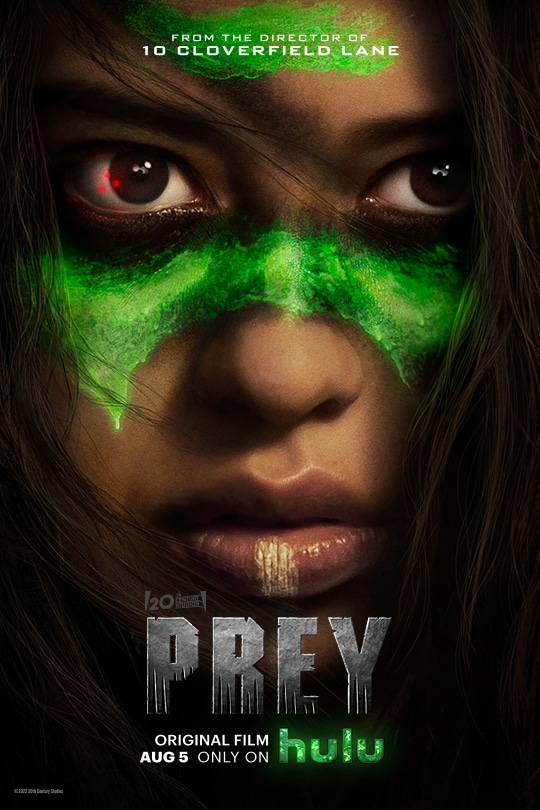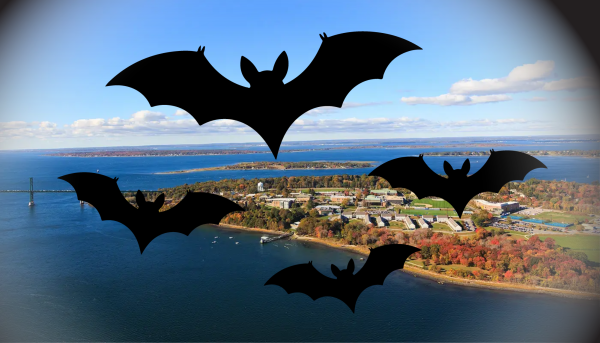Prey Review: Breaking Sequelitis at the Top of the Food Chain
Courtesy of 20th Century Studios
The film has received critical acclaim since its release, with many deeming it the best installment since the original “Predator” film.
It is widely accepted by anyone even remotely familiar with the film industry that a sequel is never as good as the film that spawned it. Some can come close, sure, but due to a number of factors sequels usually end up failing to capture what made that original film so special. Despite this well-known reputation, new sequels to popular franchises are basically guaranteed to continue getting greenlit as long as people believe there’s money to be made. There is no genre more guilty of this than horror, whose franchises tend to completely lose sight of what worked with the original film as they slowly morph more and more into parodies of themselves with every new installment. That is why it is refreshing to see that 2022’s “Prey” was able to break free of that curse.
“Prey” is the newest installment in the “Predator” franchise, and the fifth entry overall. A prequel taking place in the 18th century, hundreds of years before the events of the first “Predator” film, “Prey” sees what happens the first time one of the Predators visits Earth. The film follows Naru, a skilled Comanche warrior, finding herself having to contend with an all-new, extremely vicious creature roaming the mountains that her tribe calls home. Following an encounter with the beast where she witnesses it slaughter a bear, she decides that she must kill it in order to complete her rite of passage as a hunter.
One thing that “Prey” has over its other contemporary sequels is that it understands the importance of a good premise. The main thing that made the original “Predator” film so great was that it was a genre subversion: the film starts out in the style of films like “Commando”, as a group of highly muscular, gun-toting, one liner-spewing soldiers are tasked with rescuing hostages in a guerilla-controlled rainforest. But halfway through the film shifts into more of a horror-slasher, as the characters realize that they are being slowly hunted and picked off by a being that outclasses them in power, skill, and technology. Unfortunately, none of the sequels built off of this, instead becoming excuses to drop the titular monster into different environments where it could kill a bunch of unsuspecting victims, be it “Predator 2”’s Los Angeles streets, “Predators”’s alien planet, or the Xenomorph-infested arctic caverns of “Alien vs. Predator”. Unlike those films though, “Prey” utilizes its premise to great effect, drawing incredibly interesting parallels between the hunting cultures of our protagonist and the Predator itself. Being set in a different century also allows the filmmakers to mix up the Predator’s arsenal, enabling them to create some very unique new setpieces as the monster does what it does best.
One area where “Prey” may even surpass the original film, however, is in its central characters. While the cast of the original film is very memorable, especially with actors like Arnold Schwarzenegger and Carl Weathers at the helm, most of them are fairly one-note as actual characters, receiving very little development before being killed off. “Prey”, however, is very much a character-focused story. Naru’s desire to prove herself as a capable hunter to a tribe where women typically take on more caregiver-focused roles makes for a very compelling central conflict. The way this conflict affects her relationship with her brother Taabe is also very compelling, as you can tell that while they clearly care about one another, his greater experience often leaves Naru feeling trapped in his shadow.
“Prey” too stands in the shadow of the original “Predator” film, but thanks to some very interesting character conflict and a spectacular execution, it proves, like its protagonist, that it can step out of that shadow and stand on its own. Those interested in watching “Prey” can currently stream it on Hulu.







